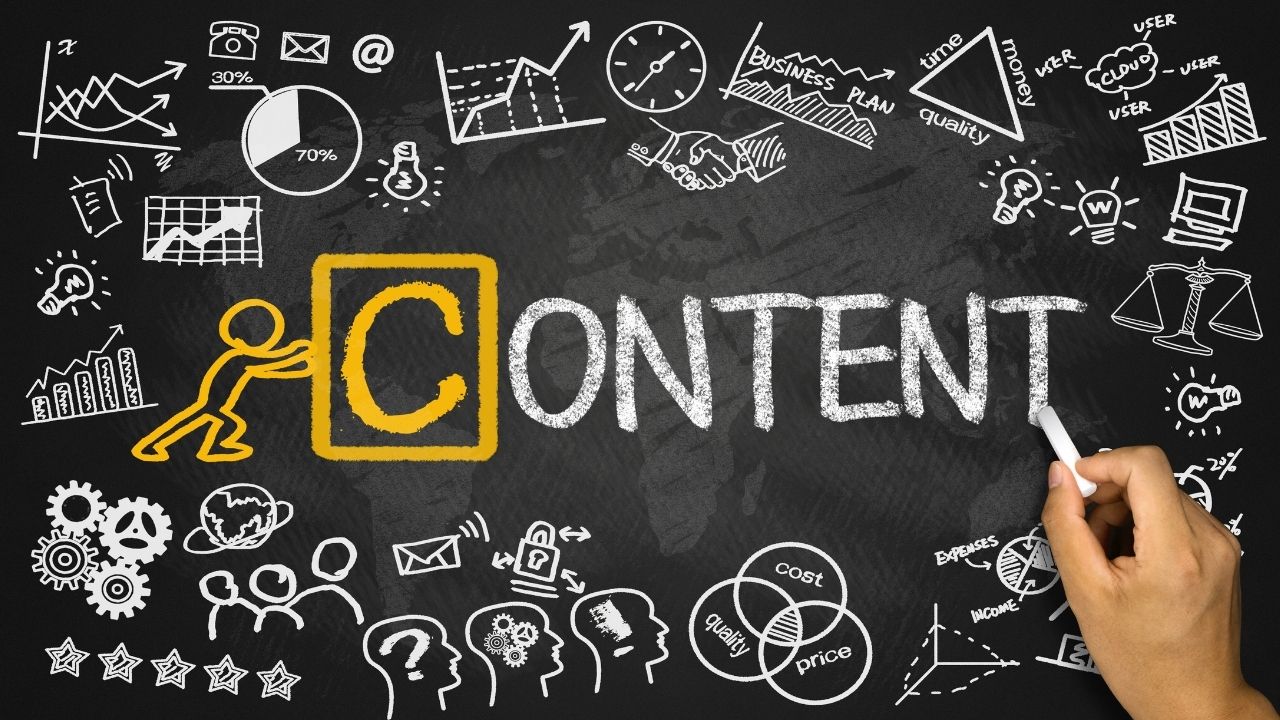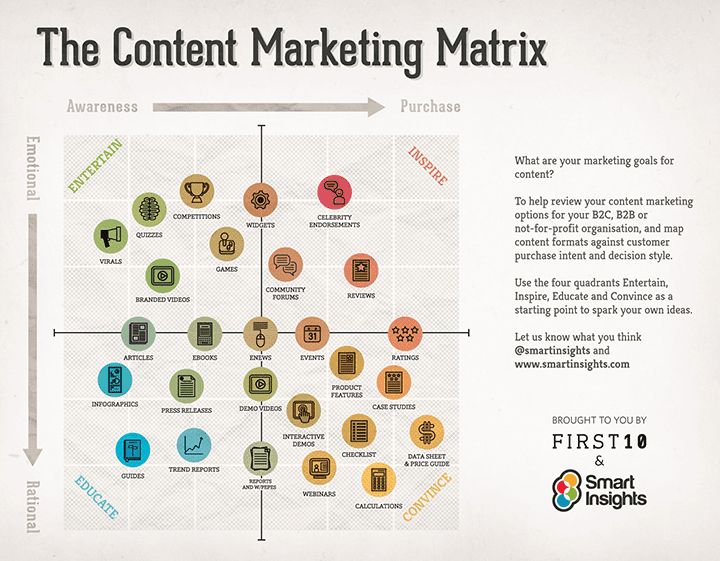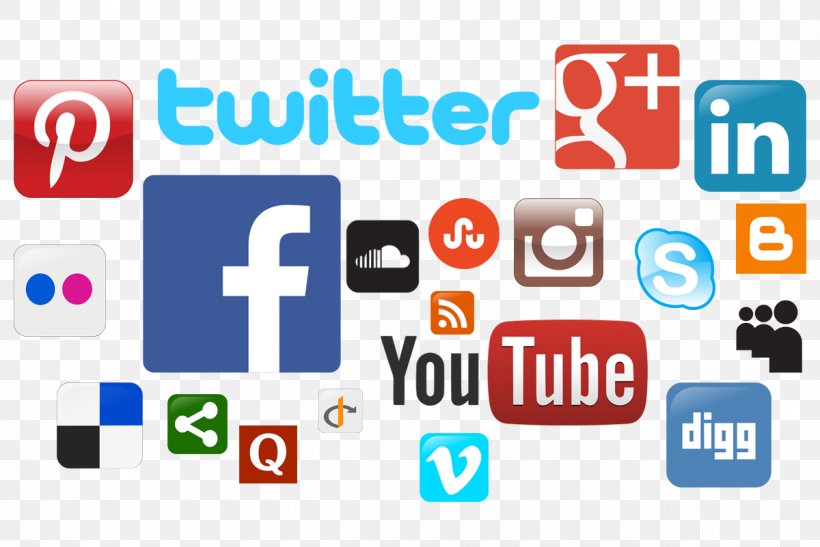
Although many marketers see the link between native advertising and content market, are they really assuming that there is causality? Native advertising is effective in some situations, but it can also prove unhelpful, sales-oriented and too focused on the brand. This is not always good for brands and advertisers, and that's where content marketing comes in. Joe Walsh believes that it is better for you to own your media and your audience.
Costs for content marketing vs. Native advertising
A higher budget might not be the best choice when comparing native advertising versus content marketing. Both methods are effective but not always equivalent. Native advertising is more reliable and can be guaranteed placement with large-name publishers. However, content marketing has the advantage of generating a higher ROI. However, both are more expensive overall. Making the right choice requires that you weigh the benefits of each.
When it comes to measuring the impact of your content marketing efforts, paid ads may be the best choice. Paid ads can provide increased organic traffic and a wide range of links. Native advertising is much more expensive. It can cost thousands of money. HubSpot has found that 93% businesses with marketing budgets over $1 to $5 Million are engaging in inbound advertising. This strategy offers a high return on investment with little risk.

Advertorials
Many similarities exist between native advertising and content market. The difference is that native ads can be labeled as sponsored material rather than advertisements. This makes them more persuasive and users respond positively to messaging that follows editorial material. Content marketing, however, involves the incorporation of ads into content. Each strategy has its advantages, and each can work for a specific brand or business. These examples of content marketing and native advertising will help you decide which strategy is best.
Native advertising and content marketing share similar goals. The key difference is that native marketing does not grant the publisher or brand full ownership of the content. This limits its ability to retain value. The two strategies are frequently used interchangeably. However, they have important differences. One example is that the effectiveness of content-marketing depends on the audience it targets. Native content relevant to your target audience may deliver a short-term boost but may not be sufficient for your brand.
Engagement metrics can be a better indicator about overall brand advantages
Pageviews may be an easy way to gauge the success of a content marketing program, but they can not be used as a metric. Although increased pageviews will result in more traffic, higher engagement does NOT always mean that the content has improved. More detailed information about a campaign's effectiveness can be found in engagement metrics such as time spent on each page. Google Analytics or any other tracking tool can help you measure engagement.

Buyers in the digital age are reading content at their own pace. They also jump in and exit the buying cycle. It is therefore difficult to measure the number of buyers who have taken action on a particular piece of content. Engagement is an indicator of the overall quality of content that resonates with your audience.
FAQ
Do I need an agency to do Content Marketing?
No! There are plenty of tools available online that make it easy to create high-quality content. Agents tend to be more expensive.
What is the average time it takes to start content marketing?
It depends on the size and scope of your business. Smaller companies often don't have sufficient resources to invest right away in content promotion. It can be a great investment if you are willing to invest some time.
Why is Content Marketing important?
HubSpot estimates that an average person spends close to two hours per day engaging with content. This includes social media, newsfeeds, reading magazines, browsing websites and listening to podcasts. This is a lot of content consumption!
Why is content so important
Digital marketing campaigns are dominated by content. If you want to attract new customers, then you need to create valuable content for them. Blogging is the best method to do this. Blogging helps you build authority in your niche, which makes you more trustworthy. Trustworthiness creates credibility which can lead to higher search engine ranking. Organic searches are more popular than search engine rankings.
Statistics
- To further show the importance of this, 89% of people have stopped doing business with a company because of a poor experience. (neilpatel.com)
- Forty-seven percent of buyers view 3 to 5 pieces of content before engaging with a sales representative. (mailchimp.com)
- Measure your goals with a progress indicator of 0-100%. Make your goals collaborative and transparent (semrush.com)
- Seventy-two percent business to business (B2B) (mailchimp.com)
- We found that 40% of businesses don't have a documented strategy yet. (semrush.com)
- Progress indicators (0–100%) allow each team member to see how attainable each goal is and understand what remains to be accomplished. (semrush.com)
- According to our research, brand awareness, attracting traffic, and generating leads remain the key content marketing goals in 2022. (semrush.com)
- According to our research, 65% of companies with very successful content marketing in 2021 ran content audits at least twice a year. (semrush.com)
External Links
How To
How do you create a content-marketing strategy?
Understanding what content you want to create is the first step. Once this is defined, it's time to start creating content. This could include creating an editorial calendar or planning where these pieces will come. Every piece of content should have a purpose. It doesn't matter what type of content it is, blog posts, social updates, or any other, they all must serve a single purpose.
After you have decided what type of content you want, it is important to identify your target market. What are their interests and what do they care about?
Next, identify your target market and find ways to connect with them. Although social media platforms can be a great way of connecting with people, there are many other options, including videos, podcasts, webinars and webinars.
Once you have decided how you will communicate to your market, the next step in your content creation process is to identify what topics and types you want. This is how you will determine the reason for writing the content. What problem does it solve Are they satisfied? Do they think it will make their lives more easy?
Once you have an idea of the content you are writing, you can start to think about what you want to share. Is it possible to share information related to your industry? On current events? Are you focused on specific products or services The answer to this question defines your focus.
After you have answered these questions, it's now time to combine all the pieces into one complete package.
You want to make sure every piece of content serves its purpose. It is important to not waste time or energy. Therefore, you should ensure that every piece of content you create has quality.
You must remember that a content marketing strategy of great quality has many parts.